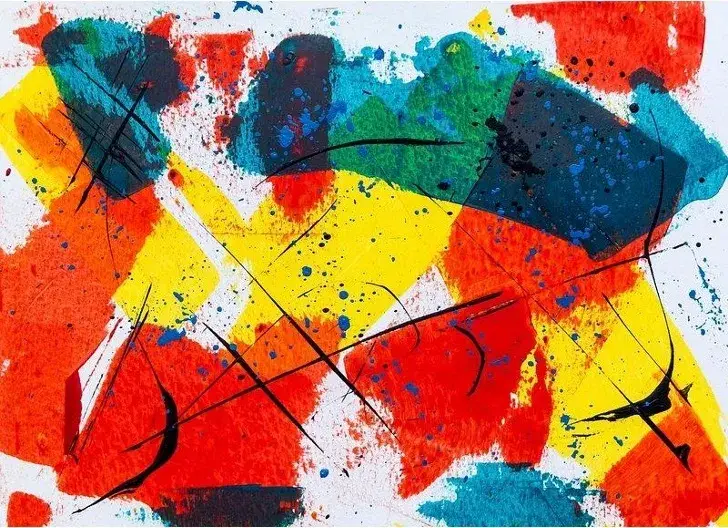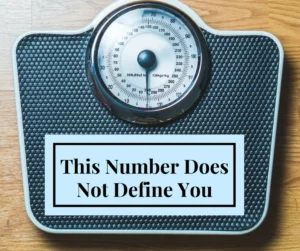What is Art Therapy?
Art therapy is a form of psychotherapy involving the encouragement of free self expression utilizing a variety of creative therapies such as painting, sculpting, digital, collage, free writing/journaling, etc. Using shape, color, texture, scent as part of this creative process; thoughts and feelings can be expressed that would otherwise be difficult to articulate. This therapeutic experience facilitates one’s ability to reflect upon those expressed feelings / thoughts, to determine common thinking and behavioral patterns.
Neuroscientific studies and books on the physiological process of art making have identified that when the body’s sensory system is triggered from external stimuli, neural connections related to cognitive repressions are activated (Hamel, 2021). Quoted from Art Therapist Juliet King ‘’…The brain makes use of visual, somatosensory, and motor information processing, when connecting to areas of emotional and memory processes’’. (King, 2022). Further, in another study In 1999, 7 stroke patients with severe aphasia (inability to speak) participated in individual art therapy sessions using drawing for communication. After 12 weeks, patients showed “improved ability to communicate and make recognizable drawings.[25]” Not only did art help these patients communicate, it also altered and improved the way their brain functioned.
The figure below, illustrates the expansion of cognitive processing from engaging in creative mediums:
![Figure 1: This brain scan of a depressed woman after psychotherapy indicates activity in the limbic system (a) and the prefrontal cortex (c ). [26.1] Figure 1: This brain scan of a depressed woman after psychotherapy indicates activity in the limbic system (a) and the prefrontal cortex (c ). [26.1]](https://img1.wsimg.com/isteam/ip/6b537ebe-ff2c-4da3-a55a-0acf70b6fb67/Art%20Therapy%202.jpg/:/cr=t:0%25,l:0%25,w:100%25,h:100%25/rs=w:1280)
Art Therapy and Developmental Age Stages
Age span specializations in Art Therapy include:
Toddlers to Teens
From infancy, humans conceptualized their environment utilizing their basic senses (i.e., scent, sight, taste, sound, touch). Medium materials such as clay, sand, paint, etc., provide several somatic experiences when engaging in art making. These somatic experiences when engaged in sensory materials (i.e. paint, paper) offers an opportunity for visual representation of one’s intimate experiences. In Malchiodi (2012) she discusses how cellular adaptation (when cells change in response to the environment) occurs most efficiently with converging multisensory input such as vision and audition (King, 2022). With these modalities, learning may become expedited (King, 2022). These experiences of process art-making may support just some of the key points particular to teens:
- Identity / autonomy
- Conceptualization ( with use of symbolic / metaphorical language)
- Regulation
Adults to Seniors
When considering life span, adults and seniors may have experienced a higher volume of adverse circumstances that have inhibited their cognitive, physician and spiritual ability for processing. Specific to seniors, the physiological makeup has begun its natural degeneration like fine motor/ motor skills, and are at higher risk for cognitive ailments like retention of memory. Consequently a multisensory approach may tap into nonverbal, implicit memories stored in the right hemisphere, integrating them with the left hemisphere to form explicit, re-structured memories. (King, 2022). The result may lead to new opportunities for post-trauma growth and build new neural pathways (King, 2022). These experiences of process art-making may support just some of the key points particular to adults and seniors:
- Improved physical dexterity
- Access to repressed memory & improved memory retention; eliciting
- Conceptualization ( with use of symbolic / metaphorical language)
Theoretical Approaches & Models
Each Therapist will utilize specific & theoretical approach (s) and modalities to support their clients during their sessions pertaining to their past &/ or present experiences. These theoretical lenses may consist of: narrative therapy, cognitive behavioral therapy, attachment theory, emotion focused therapy. A commonly utilized modality is Expressive Therapies Continuum, to which is used as a physiological assessment during the session. Art Therapists may specialize in one or a few different areas including Trauma, Anxiety, Depression, Grief, Addiction, Eating Disorder, Decolonization, Identity / Sexuality, BIPOC, LGBTQQIP2SAA, Marital, and Family/Dyad
What can I expect in an Art Therapy session?
Prior to the first session: clients will go through an intake session, which is 90 minutes in length, where the client and the Therapist, explore history (medical, psychological, and family dynamics) & additionally determine goal setting, to develop a treatment plan.
Virtual session (50-60 minutes): In the first & subsequent sessions, the client will have gathered their accessible materials and assigned a space that allows for comfort, movement and privacy. The Therapist will guide the client into exercises that support the client to explore their emotions pertaining to both those experiences they’ve indicated in their intake and to their present emotions.
In Person Studio: In a similar scenario to virtual, in the first & subsequent sessions, the Therapist will have gathered materials to make accessible in an assigned a space that will support the client to explore their emotions pertaining to both those experiences they’ve indicated in their intake and to their present emotions.
Interested in Art Therapy and want to learn more? Book a FREE 20 minute consultation call with our Art Therapist, to see if support and services are right for you. You can book online here, or call the office at 236-527-2120.
References
Hamel, J. (2021). Somatic Art Therapy (1st ed., pp.16).
King, J.L. (2022). Art Therapy, Trauma, and Neuroscience (Classic ed., pp.12, 13, 22, 42, 45, 46, 47, 50, 180).
Kong, M. (2020, September 4). The case for art therapy. Medium. https://medium.com/@makenakong/the-case-for-art-therapy-55bab4b2c316#_ftn25
Copyright © 2024 Journey to Health Inc. – All Rights Reserved.





